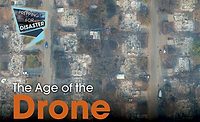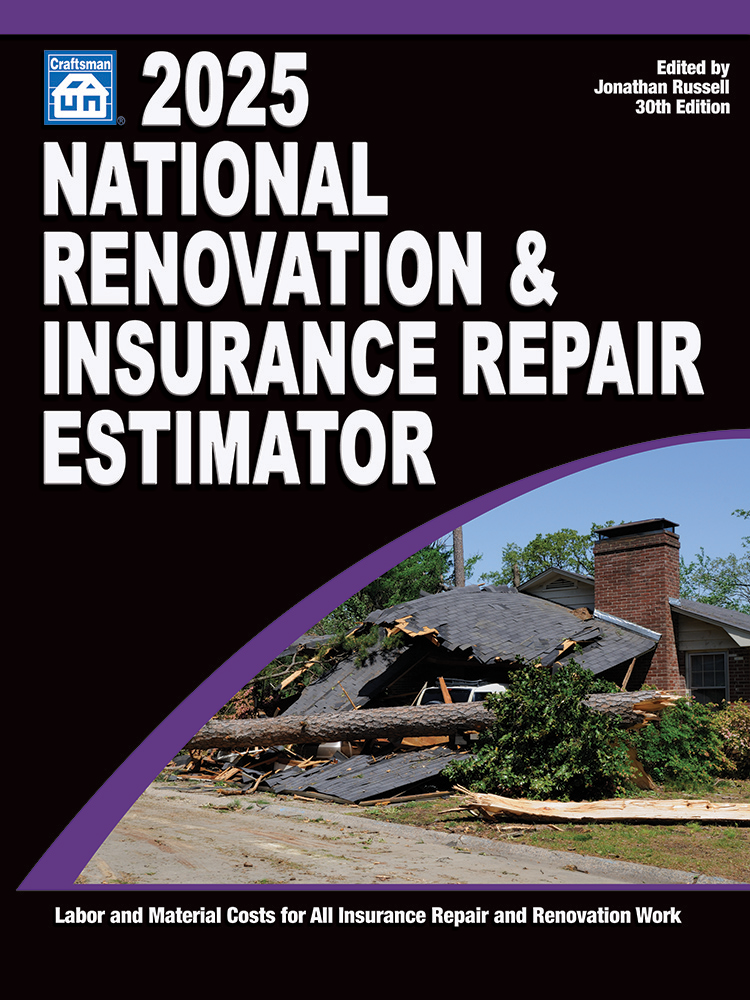The Age of Digital Inspections
Elevating your restoration business by embracing innovations in technology.




A variety of data technology innovations over the years have led the way to new and improved processes in the property claims/risk assessment space. Those innovations have aimed to improve the manual functions routinely conducted in the field. Many have lived up to expectations and have become current standards.
If we take the time to truly examine the iterative tasks associated with an effective claim/risk assessment in the field, it becomes apparent that a great scope report leads to a better final estimate. Let’s not take this lightly. How many times have we seen a poor initial assessment report lead to an estimate for repairs that had to be reexamined, adjusted multiple times or didn’t match the initial inspection of the claimed damages? Probably way too many. Smart restoration businesses realize that work assignments and higher ratings in customer service start with professional, comprehensive and accurate initial inspections. Digital and mobile inspections help make this possible.
Ernst and Young got it right in their 2016 US Property-Casualty Insurance Outlook when they said, “Insurance firms need to build a roadmap for strategic transformation aligned to new customer imperatives. Refining legacy products and approaches is not enough — what is required is a fresh outside-in approach that starts with the customer and carries through to digital trends and market shifts, both inside and outside the insurance industry.”
Digital inspection reporting solutions are becoming a mandatory aspect of the restoration industry. Today’s customers expect best-in-class customer service. A quality claims experience requires that the inspectors gather and share information that not only justifies what’s in their settlement but also provides transparency and demonstrates professional competence.
“How do I know if my process needs improvement?”
Trust me; it does. Most restoration firms and IAs have relied on antiquated inspection processes for way too long, resulting in time wasted in the field and resources wasted on file re-opens, estimate modifications and improper reserves. If you manage one of these service entities, you should strongly consider the adoption of a digital and collaborative platform that enables you to perform a better service and add value to your own bottom line in terms of human resource efficiency and product delivery.
A recent PropertyCasualty360 article highlighted a J.D. Power survey in this area (http://bit.ly/1OS6V46). The survey noted that dissatisfied policyholders are only 14% likely to renew with their carrier after they’ve had a bad claims experience.
The claim inspection process is even more likely to fall apart during catastrophes. In the PropertyCasualty360 article, George Hoeg, VP of Insurance Operations for J.D. Power reiterated that “maintaining a high level of support is not cost effective when there is a lull in large events and especially when rates begin to fall.” Technology is part of the solution to “threading the needle” between these competing priorities.
In a nutshell, the problem is a lack of quality control at the point-of-inspection. Too many inspectors (contractors and adjusters alike) are unsure what to document on their graph paper and many scope losses their own unique way. That process leads to poor inspection documentation, inconsistent estimates, and no potential for data collection.
The best solution to address this dilemma is to embrace the use of standardized and intuitive mobile platforms. Such advancements are making it easier for field personnel to conduct a thorough inspection and for someone else to remotely manage, estimate, apply/deny coverage and settle claims. By making a clear distinction between “field” and “desk” tasks, organizations can improve retention rates, accommodate business objectives and still provide the policyholder with a positive claims experience.
It is imperative now that industry leaders address the antiquated status quo of handwritten scope notes. It’s not acceptable to send a contractor or adjuster out without the proper tools to meet today’s objectives. The good news is that there are innovative companies that are passionate about solving the “graph paper problem.” The combination of good mobile device hardware (iPads), faster broadband internet (4G), and quality point-of-inspection software (like Spex) sets the stage for carriers and construction professionals to move beyond the clipboard and look towards the future.
Important Steps for 2016:
If you’re evaluating options, best-in-class inspection solutions have the following qualities:
- Ease of use: Allows anyone to conduct an efficient, quality inspection, regardless of experience level and prior training.
- Transparency: Ensures a legible and consistent digital inspection report.
- Optimized for adjusters and contractors: Facilitates collaboration and remote workflows for more advanced claim-handling tasks like estimate writing.
- Value-add: Provides opportunity for improvement via data collection and analytics.
- Flexibility: Technology that works well in a variety of inspection scenarios, including insurance and non-insurance related projects.
Keep in mind that today’s flexible, cloud-based solutions enable a step-change to occur in operations without a massive investment required in technology, training or internal change management. A number of the new solutions in this area can be useful to an organization within a few weeks.
Bottom Line:
We have now entered the age of digital inspection. Those who embrace it will find profoundly positive growth in their businesses, develop operational efficiencies and increase overall customer service ratings to bolster business expansion.
Technological innovation in the property industry is constant and provides opportunities to improve bottom lines, add value to existing business relationships and pave the way for even more advancement in the future.
Looking for a reprint of this article?
From high-res PDFs to custom plaques, order your copy today!









